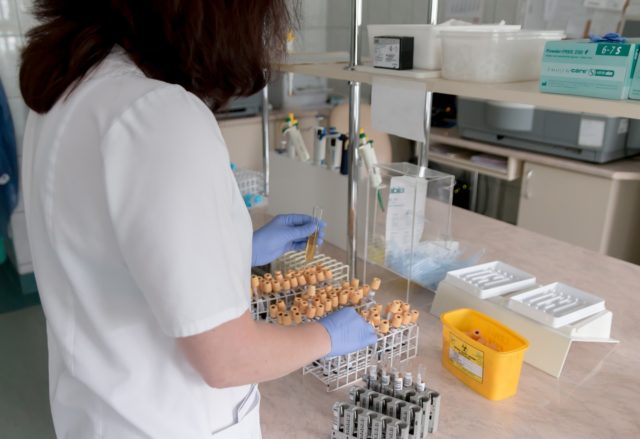There are two types of testing; destructive testing and non-destructive testing . As the name suggests, destructive testing will damage or destroy the product. The purpose of this is to assess how much force the product can handle before it is rendered useless.
This is an essential part of testing to ensure a product works as it should. Of course, destroying products during the testing process is expensive, it is often just as effective to test a product without actually destroying it.
Non-destructive testing will allow you to use the product after you’ve completed the test. In most cases the purpose of the test is to establish that the product works correctly and efficiently, not to find out what its breaking point is.
An NDT test will also highlight differences in materials used and safety. But, to complete NDT properly it is essential that you use the very best NDT equipment available. This will ensure your results are accurate.
The Main Non-Destructive Testing Methods
The majority of testing methods are named after the type of penetrating medium being used. In fact, there are many different types of test that can be used:
Magnetic particle testing
This uses magnetic fields to test for fine cracks in any product made with ferromagnetic properties. The test will show a separate magnetic field if there is a crack present.
Acoustic emission testing
An abrupt load applied to a product will create stress on the surface of the product. This creates an acoustic wave which highlights abnormalities in the product. It works best with multiple sensors recording the results.
Visual testing
This simply means that the product is inspected visually. In fact, this is done many times throughout the manufacturing process. It can also be done with the aid of magnifying devices.
Liquid penetrant testing
If you want to know how porous a surface is, simply apply this test. It uses a low viscosity fluid which enters all the pores of the product. Removing the fluid from the surface and inverting the product will allow you to see the imperfections and even potential leakage points.
Radiographic testing
To confirm whether something allows radiation through or not simply apply some radiation to the product. The resulting image will show darker areas where high levels of radiation passed through and lighter areas where less made it through.
Electromagnetic testing
Simply apply a current to the product and record the results. That’s the basis of electromagnetic testing. You’ll be able to confirm how conductive a substance is and how conductive it should be.
Guided Wave testing
This is generally used on pipes and shows the thickness or stiffness of the pipe. This allows you to assess how well it will hold up in different conditions.
Laser testing
There are three different types of laser tests but they are all looking for the same thing, imperfections on the surface of a product. The laser can map the product and show you a detailed image of what imperfections there are and where they are.
Thermal Testing
If you need to know the temperature on the surface of a product then thermal testing is the best way to go. It can also highlight corrosion issues and voids in the surface.








